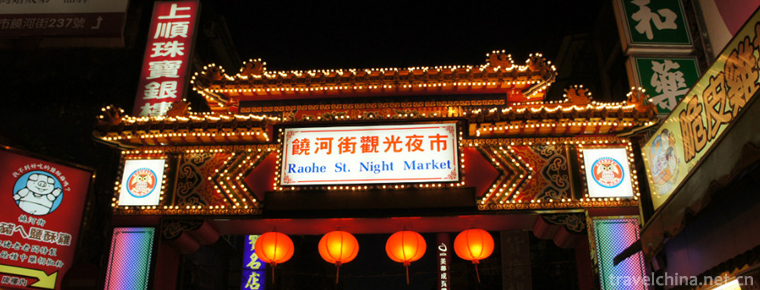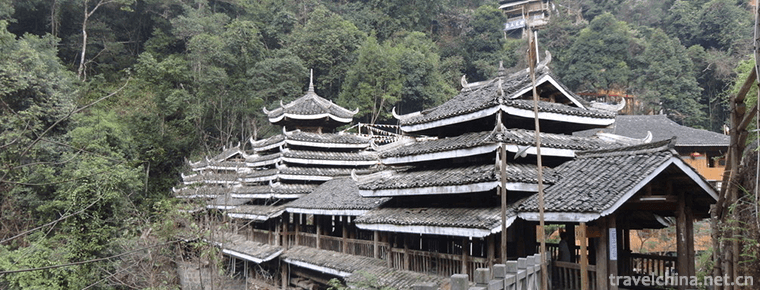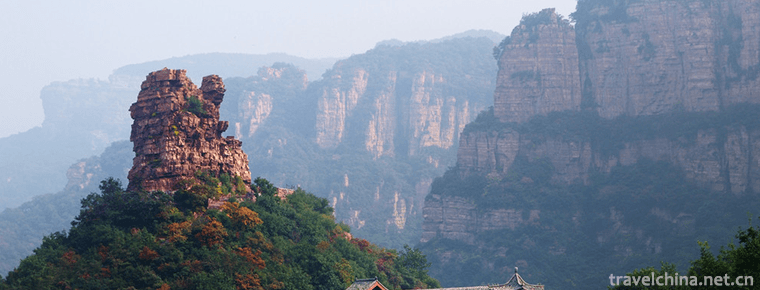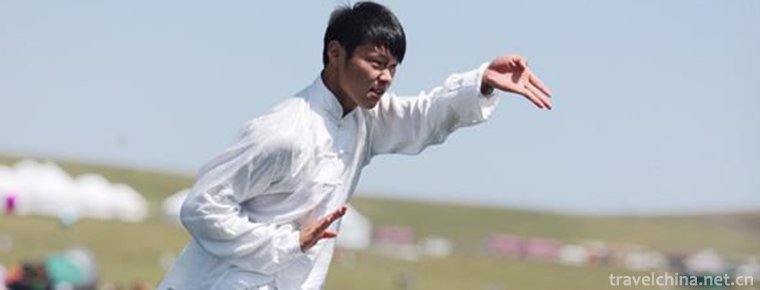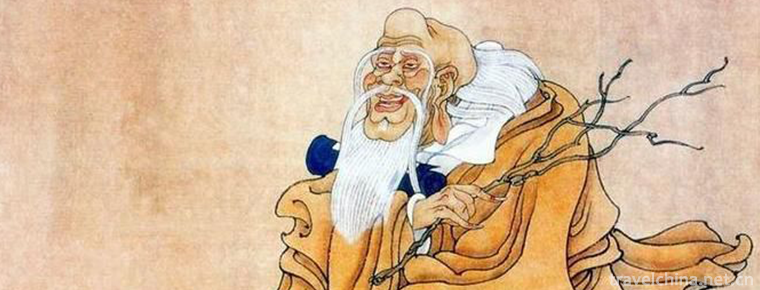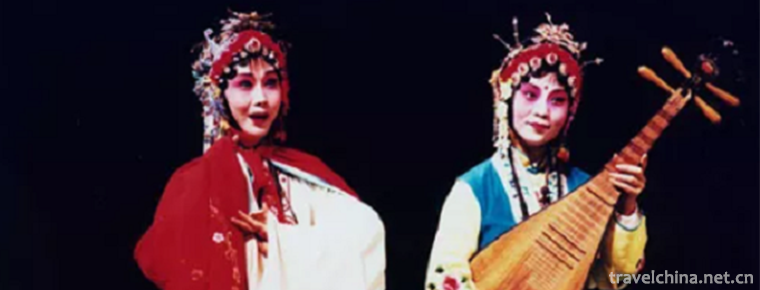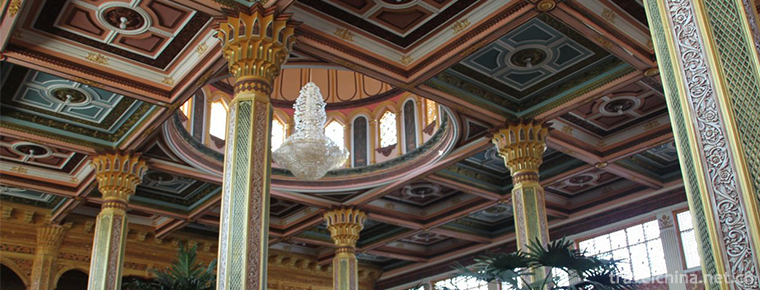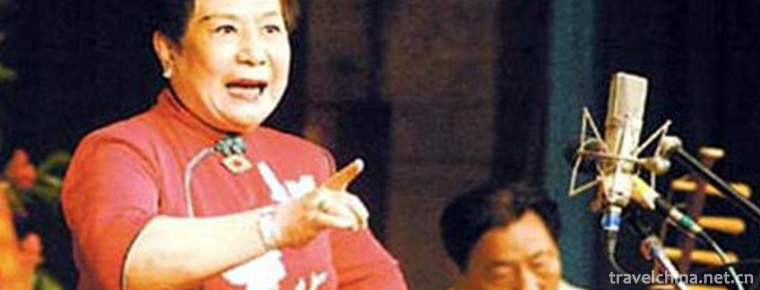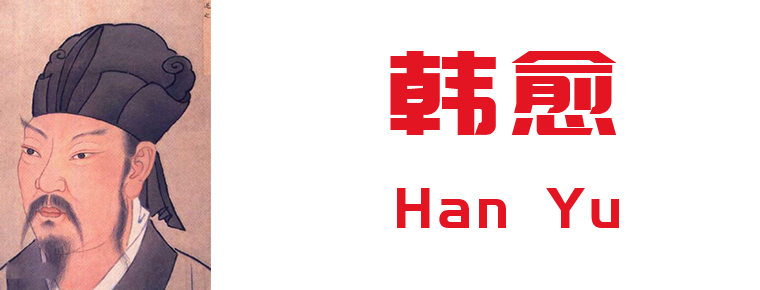Longsha Park
Longsha Park
Located in the center of Qiqihar city, Longsha Park has a history of one hundred years. It covers an area of 64 hectares, including 20 hectares of water. It is the largest comprehensive park in Northeast China. In winter, Longsha Park holds "Longsha Ice Scene Tour", which adds a great landscape. Qiqihar's ice sculptures are well-known both at home and abroad and are regarded as a wonderful flower in Hecheng. To attract millions of tourists from home and abroad, Longsha Park has been listed in the Chinese Dictionary of Scenic Spots.
Historical development
Longsha Park was built in 1904. It was the earliest Park in Heilongjiang Province. Because it used the warehouse base in the southwest of the city, it was called Cangxi Park, commonly known as the West Garden. It was renamed Longsha Park in 1917. "Longsha" generally refers to the place outside the fortress. Tang Dynasty poet Li Bai has the phrase "General divides Tiger and Bamboo, Soldier Wolong Sha", from which Longsha Park gets its name. Wangjiang Tower, built in 1907 on a rockery on the East Bank of Labor Lake, is a classical garden pavilion. It has become the representative building of Longsha Park with its exquisite and unique shape and is the tourist center of the whole park. Shougong Temple was built in 1926 to commemorate the national hero, General Shoushan, and is the garden of Longsha Park.
Main attractions
There are five tourist areas in Longsha Park: cultural tourist area, labor Lake Tourist area, animal area, entertainment area and flower viewing area. The cultural tourist area includes library, Wangjiang Tower, Guandi Temple, Shougong Temple, Chengjiang Pavilion and other buildings. Wangjiang Tower is located on a rockery on the East Bank of Labor Lake. It was built in 1907. It is a classical garden pavilion. It is the representative building of Longsha Park and the tourist center of the whole park. Shoushan Temple was built in 1926 to commemorate the national hero, General Shoushan, and is the garden of Longsha Park. There are hundreds of animals in the zoo, such as the Siberian tiger, the African lion, the leopard, the brown bear, the moose and the red-crowned crane. The recreation area includes electric spacecraft, lifting aircraft and large comprehensive entertainment hall. There are more than 140 kinds of flowers in the flower ornamental area.
Library building
Wan Fulin, the governor of Heilongjiang Province and chairman of the provincial government, decided to build a new library in Longsha Park of Qiqihar in April of 1930 when he opened the "provincial government administrative conference", which was completed and opened in October of that year and was named "Heilongjiang Provincial Library". Gao Jiaji, the director of the Education Department, Zhang Qingqi, the Secretary-General of the government, Wang Weihan and Pang Zuoping, the director of the Finance Department, were responsible for the specific handling of this matter. After the completion of the library site, the title of the new library was produced.
The building faces south and north. The roof of the building is covered with a green glazed tile, which faces the tiger head. In the middle of the roof is the decoration of the peony of the shallow relief Erlong Opera. The two ends of the ridge are the patterns of the beast kissing and swallowing the ridge. The four corners of the eaves are carved with the elephant's Tusk and nose rolled up, and the side ridge is carved with exquisite and vivid animals. The corridor is surrounded by 26 white columns. The width and thickness of the wall are beneficial to heating in winter and heat insulation in summer. The temperature in the building is controlled to a certain extent, so that the books saved are seldom moth-eaten.
The library collects 127,900 copies of engravings from Tang, Song, Yuan, Ming and Qing dynasties, some of which are rare treasures in China. More than 5,000 good copies of ancient books (including Manchu and Mongolian minority languages) and 92 kinds of 630 copies of ancient books have received many visits, exchanges and academic visits from experts and scholars of Manchu and Chinese in Japan, Germany and Denmark.
Protection of cultural relics
Longsha Park Wanjuan Pavilion Ancient Books Library was awarded by the State Council as "the first-level cultural relics protection unit of the state" in 2010.
Transport line
It is 3.5 kilometers away from Qiqihar Railway Station and 11 kilometers away from Sanjiazi Airport. Transportation is convenient. Buses such as No. 1, No. 5, No. 11, No. 15, No. 16, No. 104, No. 27 and No. 28 can reach the city .





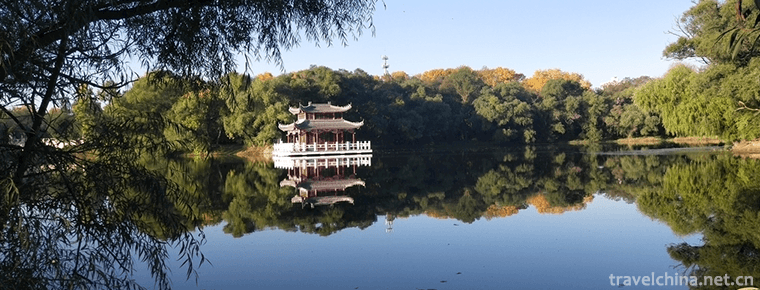
-
Raohe Street Night Market
Raohe Street Night Market is located in Raohe Street.
Views: 498 Time 2018-10-12 -
Terracotta Army
Terracotta Warriors and Horses, terracotta warriors and horses of Qin Shihuang, also referred to as terracotta warriors and horses or terracotta warriors and horses of Qin Dynasty.
Views: 176 Time 2018-11-11 -
Longsheng Hot Spring Resort
Longsheng Hot Spring is located 32 kilometers northeast of Longsheng County. It takes 40 minutes to get to Longsheng Hot Spring by bus from the county town. Hot springs are gushed from rock strata 120.
Views: 184 Time 2019-02-06 -
Checkerboard Mesa Qipanshan Mountain
Qipanshan is located in the northeast of Shenyang City, adjacent to Fushun in the east, Hunhe in the west, Tieling in the South and Hadaling in the north. It is located .
Views: 226 Time 2019-02-07 -
Jia Jia Quan
Amaranth, also known as Amaranth, Amaranth hammer, one of the traditional Chinese boxing. It was founded by Mr. Junai Zhou (1724-1783) in Heshui County, Zhengzhou, in the reign of Qianlong in the Qing.
Views: 225 Time 2019-04-16 -
Laozi legend
Laozi is the incarnation of Laojun. The fifteenth day of February in the lunar calendar is a major Daoist festival. It is the "Christmas" of the emperor. Lao Tzu, the word Boyang.
Views: 205 Time 2019-05-11 -
Soviet Opera
Su Opera is a combination of Huagu Tanhuang, Nanci and Kunqu Opera. It is popular in the urban and rural areas of southern Jiangsu and Northern Zhejiang. Its predecessor, Sutan, was originally called .
Views: 73 Time 2019-06-16 -
Uygur Residential Architecture Skills Aiwan Sailai Residential Construction Skills
Uygur Aiwan Sailai dwellings are mainly distributed in towns and villages along the desert edge of the Tarim Basin, especially in Yutian, Moyu, Minfeng, Pishan, Hetian, Shache and Kashgar along the so.
Views: 291 Time 2019-06-26 -
Xihe Dagu
Xihe Drum is a form of drum script and drum music in northern China. It is one of the traditional quyiqu. It is widespread in Hebei Province and in the surrounding areas of Henan, Shandong, Beijing, T.
Views: 117 Time 2019-06-30 -
Han Yu
Han Yu (768 - 824 December 25th) retreated. Henan Heyang (now Henan Province Mengzhou People. Claiming to be "Changli," the world is called "Han Changli" and "Mr. Changli".
Views: 154 Time 2019-09-07 -
Borneol Bridge
Luxian county is the "hometown of dragon culture" and "the hometown of Longqiao" in China. There are hundreds of ancient Longqiao bridges in the Ming and Qing Dynasties in Luxian County, which is the largest group of Longqiao in China and even in the world..
Views: 144 Time 2020-10-16 -
History and culture of Yibin
Yibin has 34 world-class, national and provincial scenic spots and 58 national and provincial key cultural relics protection units. Among them, there are seven cave cliff tombs (Eastern Han Dynasty), Jiuzhou tower (Song Dynasty), Daguanlou (Qing Dynasty), etc..
Views: 378 Time 2020-12-18
